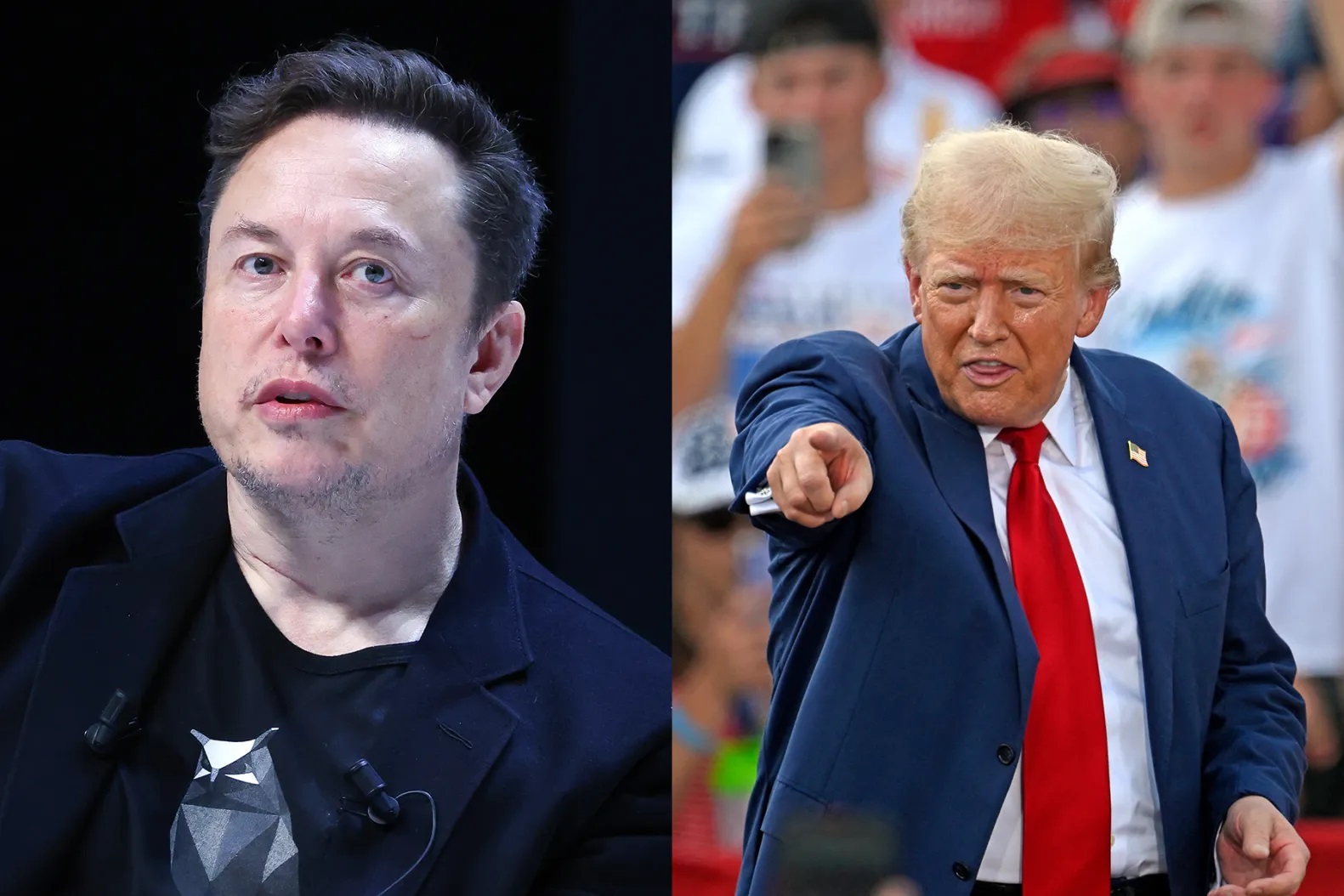Navigating Credit Markets and M&A in a Tariff-Driven World: Insights from the Tanenbaum Transactions
The intersection of credit markets, mergers and acquisitions (M&A), and geopolitical trade dynamics has never been more consequential. While Steven Tananbaum, founder of GoldenTree Asset Management, has highlighted the narrowing gap between credit spreads and economic expectations, his insights are part of a broader narrative reshaping global capital flows. Meanwhile, the $3.46 billion Rogers Communications acquisition of Bell Canada’s stake in Maple Leaf Sports & Entertainment (MLSE)—led by Lawrence Tanenbaum—illustrates how strategic consolidation in sectors like media and energy is being amplified by tariff-driven uncertainty. Let us dissect these trends and their implications for investors.

Credit Spreads: A Barometer of Economic Anxiety
Steven Tananbaum’s observation that credit spreads have nearly returned to April levels, despite weakening economic forecasts, underscores a critical paradox. . As investors price in risks like the Fed’s September 2024 rate cut (50bps) and the lingering shadow of tariffs, the resilience of credit markets may mask vulnerabilities. For instance, the Russell 2000’s 3.7% decline in late 2024 reflects investor caution about trade wars, even as credit spreads suggest relative stability. This divergence signals a market grappling with conflicting signals—a theme that permeates M&A activity.
M&A Trends: Sector-Specific Strategies in a Volatile Landscape
The MLSE deal exemplifies how firms are consolidating control over high-value assets amid economic uncertainty. Rogers Communications’ purchase of Bell’s stake, retaining Lawrence Tanenbaum’s 25% ownership, reflects a bid to capitalize on sports media’s enduring appeal.
Ask Aime: What's driving the stock market's latest surge in credit spreads?
- Energy & Utilities: The $26.6 billion Constellation Energy acquisition of Calpine Corp creates the largest U.S. clean energy provider, leveraging demand for resilience in sectors like data centers. .
- Healthcare: Johnson & Johnson’s $14.3 billion purchase of Intra-Cellular Therapies highlights the premium placed on FDA-approved therapies, with Caplyta targeting a $5 billion peak sales opportunity.
- Technology: Shift4 Payments’ $2.5 billion acquisition of Global Blue underscores the race to dominate cross-border payment services, a sector sensitive to tariff policies and trade tensions.
Tariffs: Catalysts for Market Volatility and Strategic Shifts
While Steven Tananbaum’s direct remarks on tariffs are sparse, their indirect impact is undeniable. U.S.-Colombia trade disputes and EU antitrust scrutiny of Lufthansa’s ITA Airways stake ($325 million) reveal how trade policies shape dealmaking:- Market Volatility: Tariff fears contributed to the Nasdaq’s 2.7% decline in late 2024, creating opportunities for acquirers in undervalued sectors.- Cross-Border Risks: Deals like Shift4-Global Blue expand into tariff-sensitive regions, balancing growth with geopolitical exposure.- Regulatory Barriers: The EU’s demand for concessions in Lufthansa’s acquisition underscores how trade policies can delay or reshape transactions.
The Strategic Dilemma: Growth vs. Resilience
Investors face a choice between aggressive growth plays and defensive strategies. Take Prosus N.V.’s €4.1 billion acquisition of Just Eat Takeaway.com—a 52% premium bet on European food delivery dominance—or Sycamore Partners’ $9.9 billion purchase of Walgreens, a distressed retail turnaround. Both reflect the dual forces of sector consolidation and cost-cutting imperatives.
Conclusion: Balancing Risk and Reward in a Fractured Landscape
The interplay of credit spreads, M&A activity, and tariffs paints a complex picture. Key data points reinforce this analysis:- Credit Markets: High-yield bond spreads remain tight despite slowing economic growth, suggesting a search for yield amid Fed rate cuts.- M&A Valuations: Deals like Constellation-Calpine (7.9x EV/EBITDA) and J&J-Intra-Cellular (32% premium) reveal a willingness to pay for strategic assets.- Geopolitical Risks: Tariffs and trade wars have added a 5-10% premium to cross-border deal costs, as seen in Shift4-Global Blue’s pricing.
Investors must navigate this landscape with caution. While sectors like clean energy and healthcare offer long-term growth, the MLSE deal reminds us that even seemingly stable assets are vulnerable to broader macroeconomic shifts. As Steven Tananbaum noted, credit markets may signal calm, but the underlying currents of trade policy and regulatory change demand vigilance. In this environment, the winners will be those who balance opportunism with resilience—whether through high-stakes sports franchises or cutting-edge AI infrastructure. The next chapter of this story will be written in boardrooms and trading floors, where every deal is a bet on the resilience of globalization itself.



_e45148e31749146201654.jpeg)






